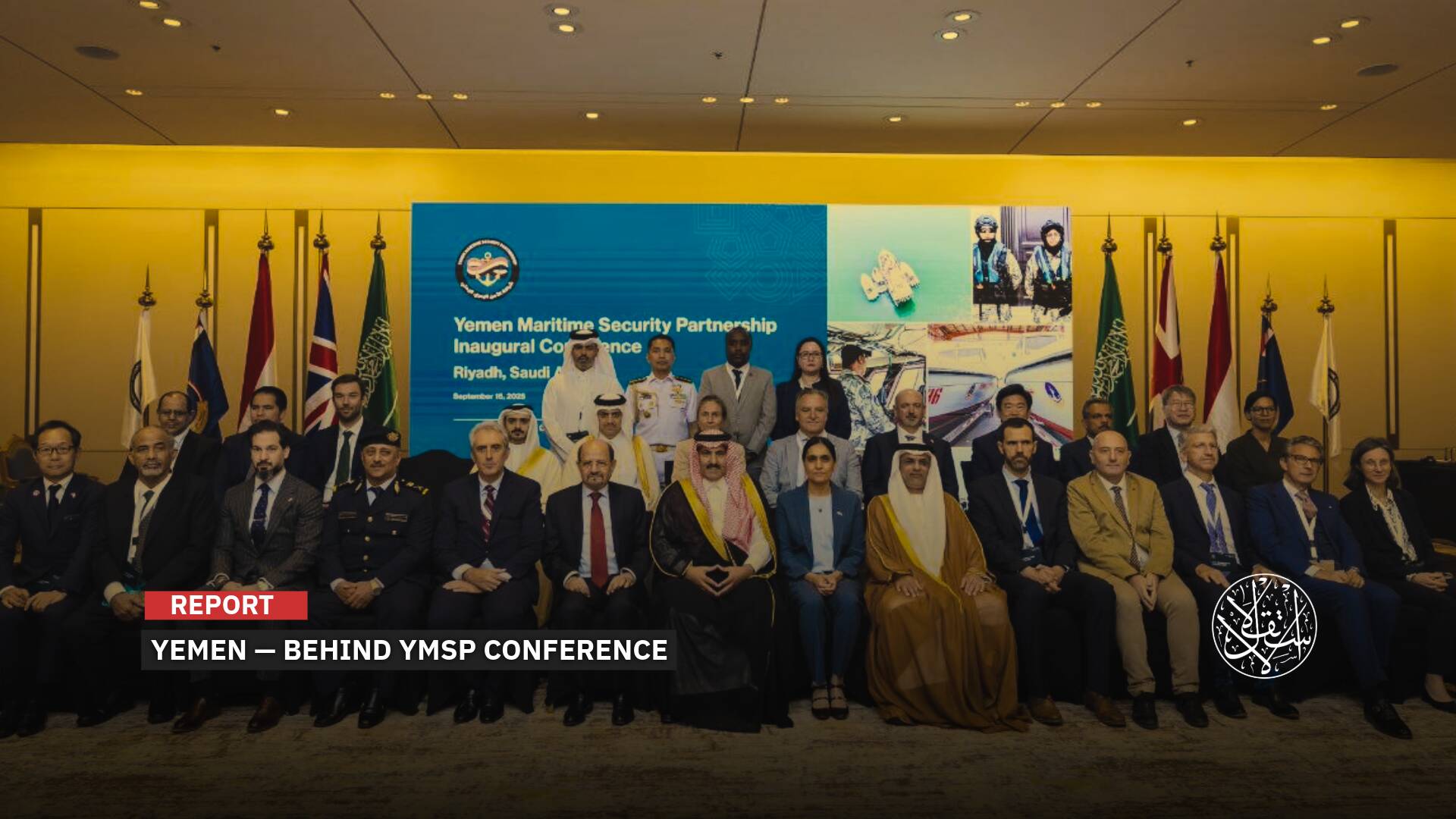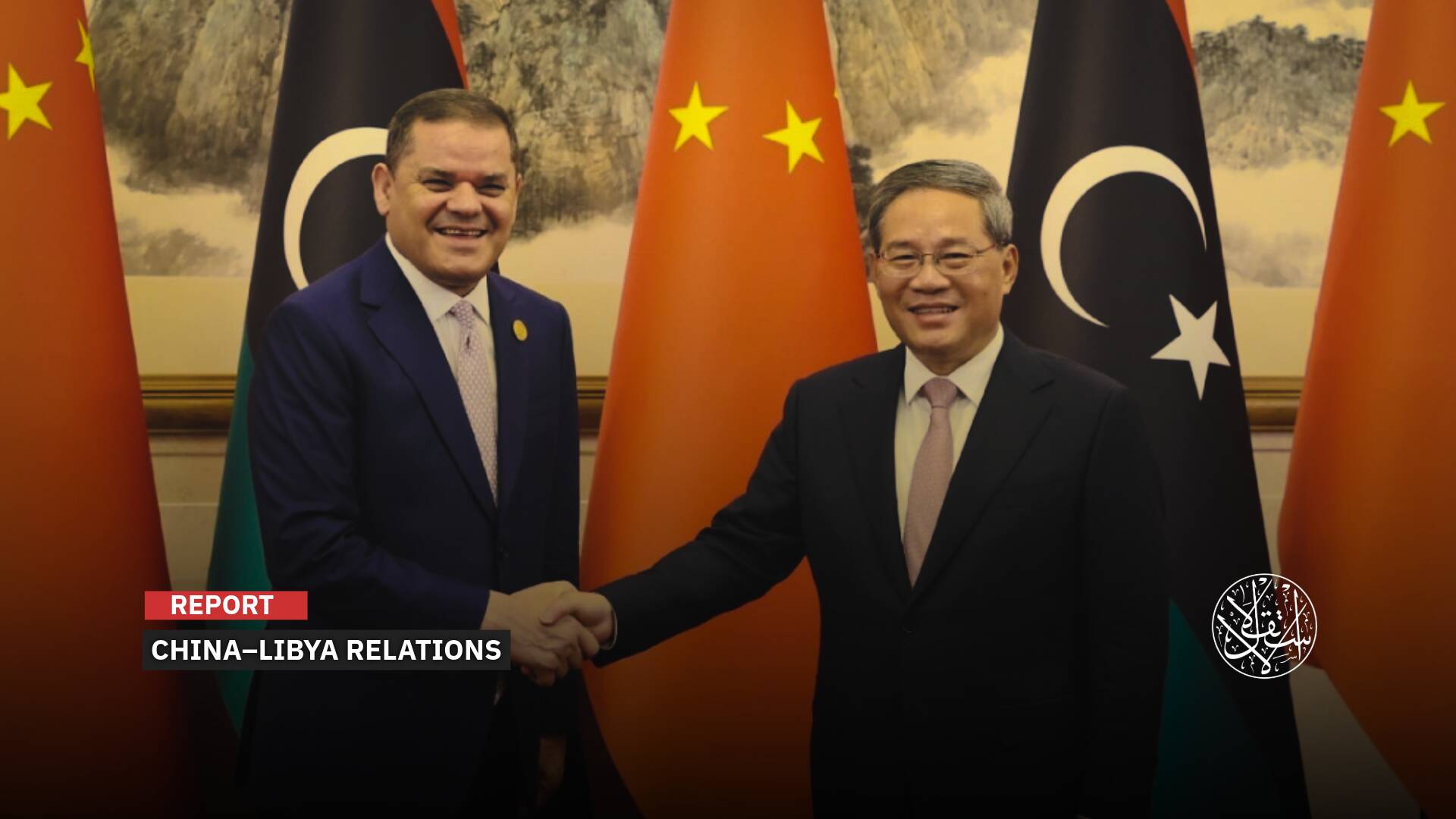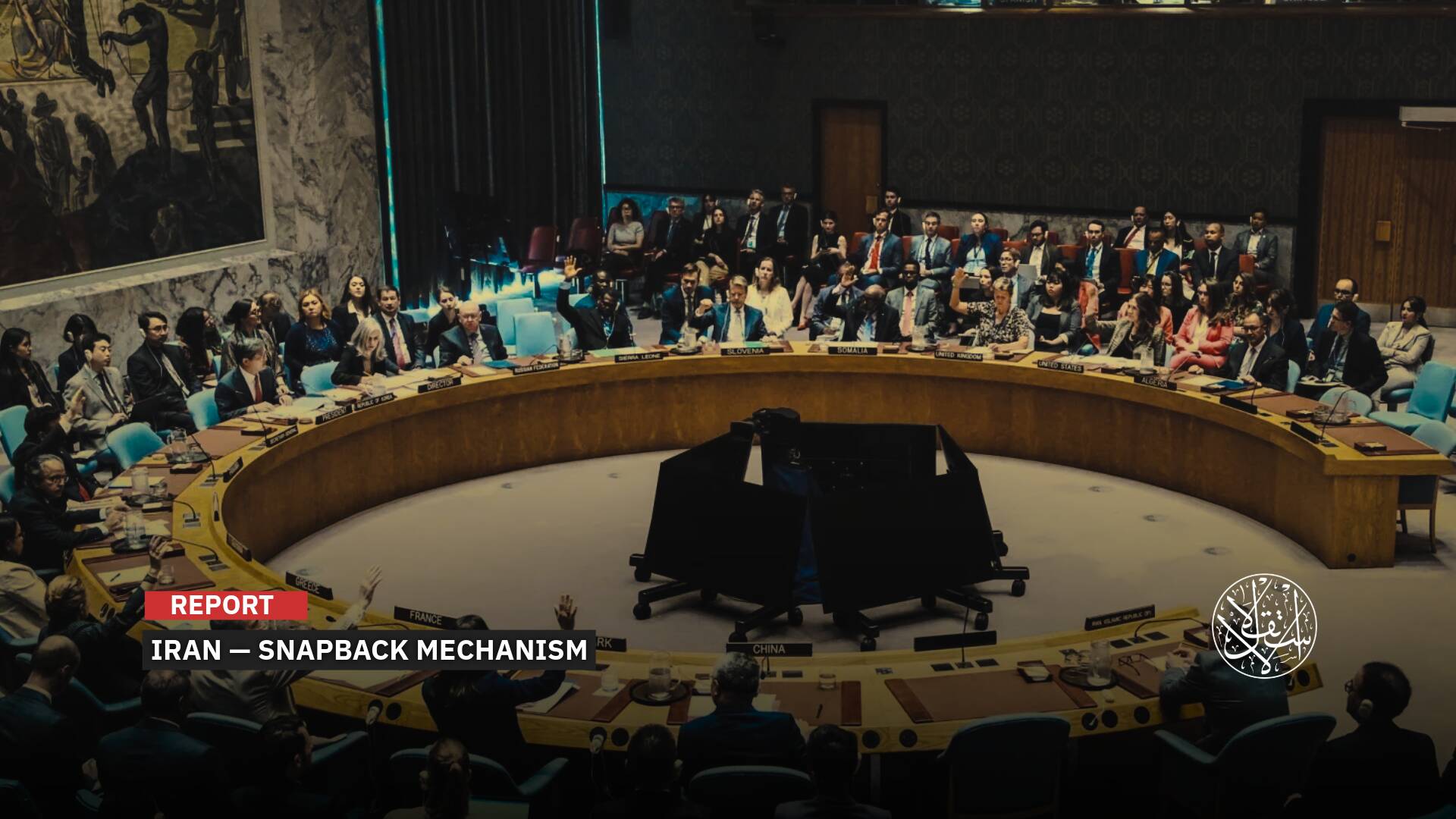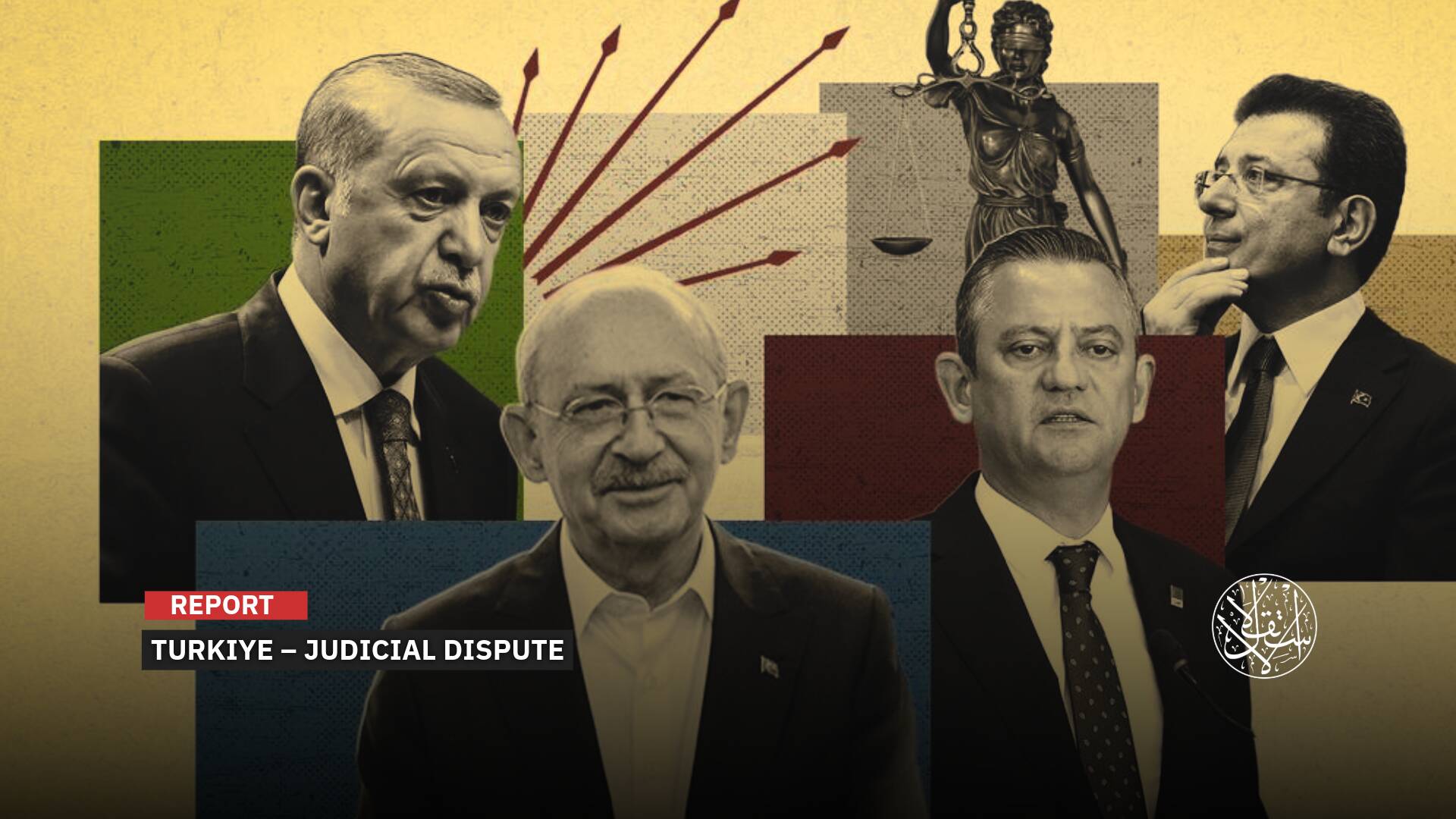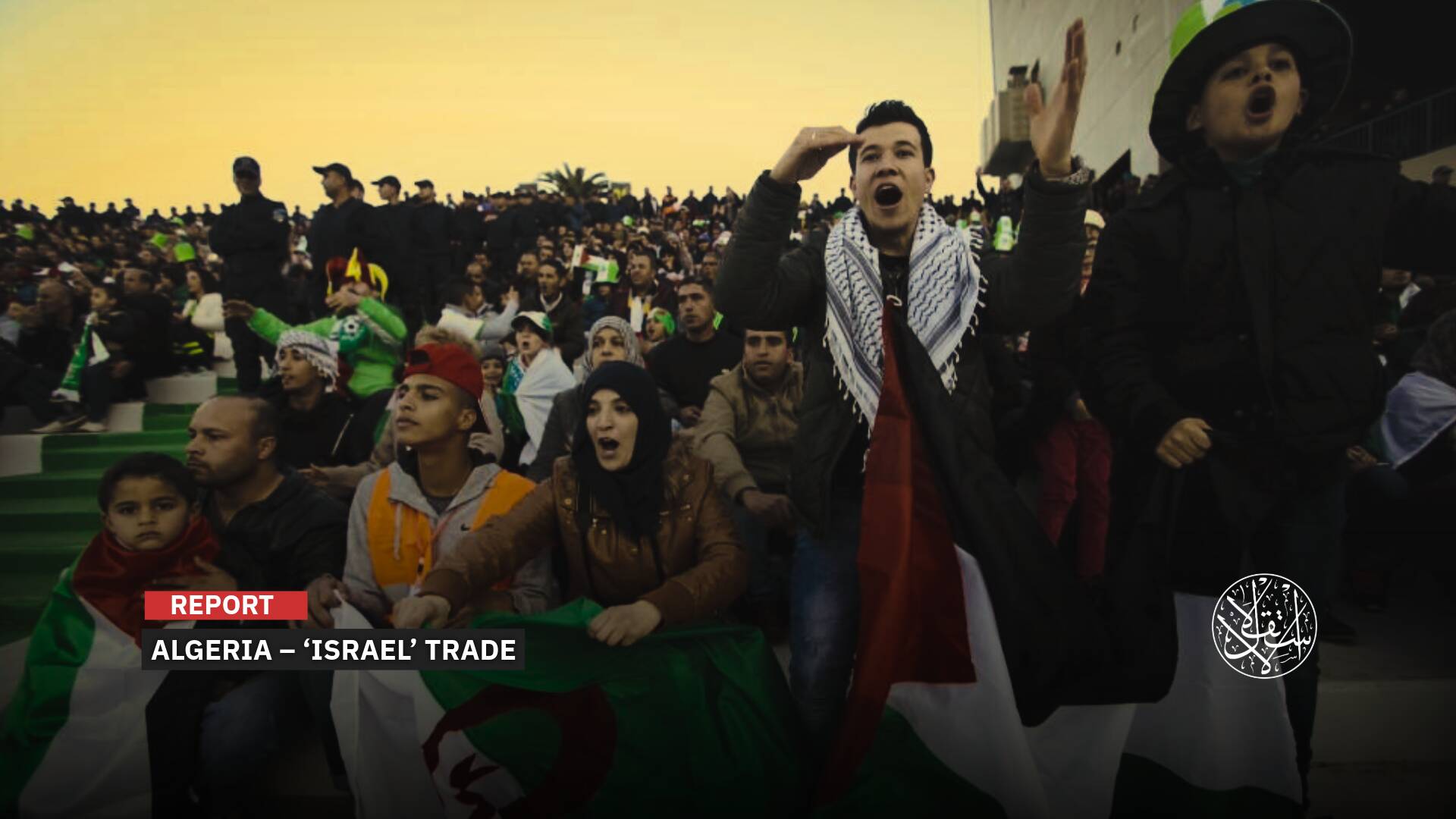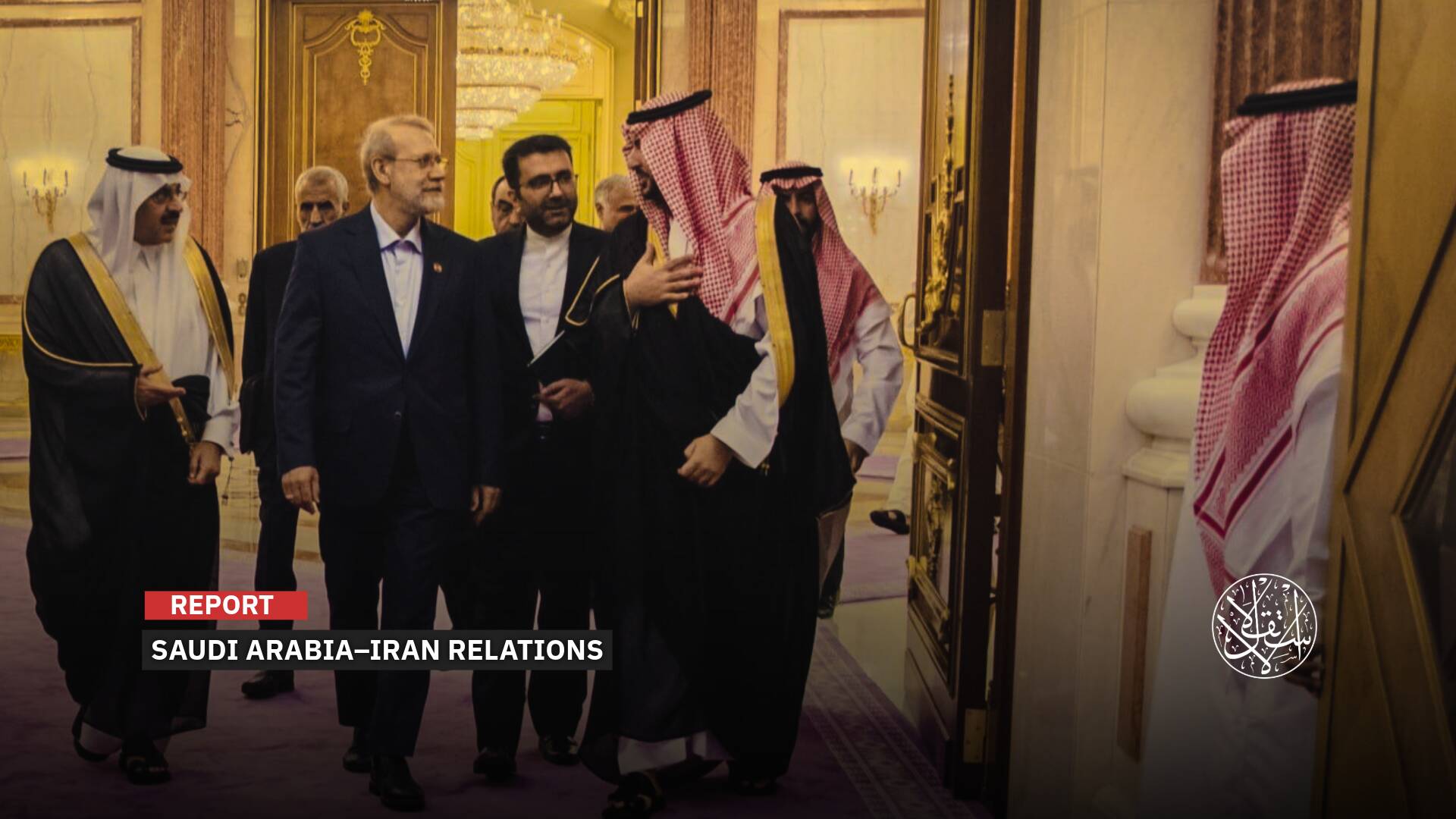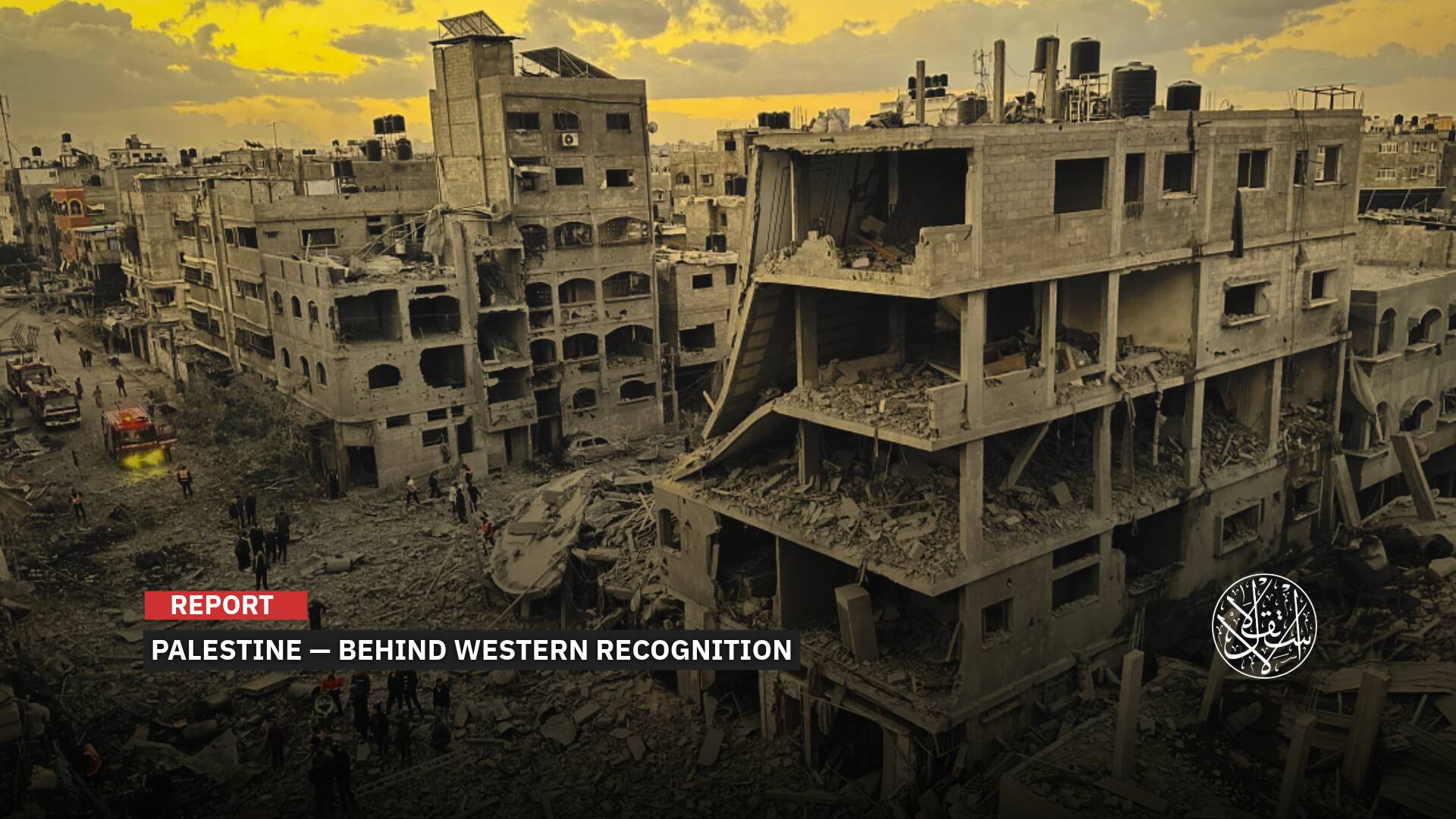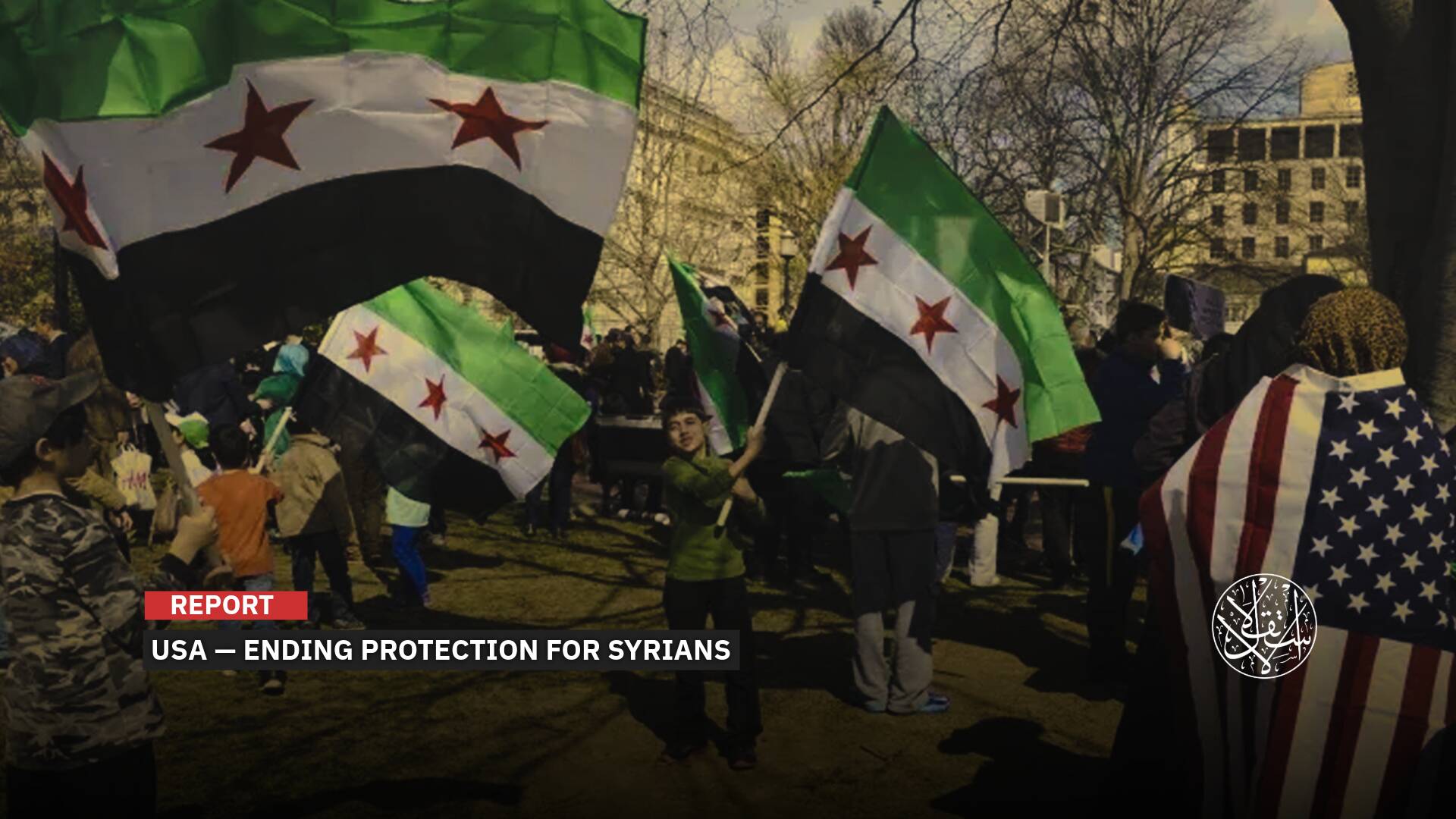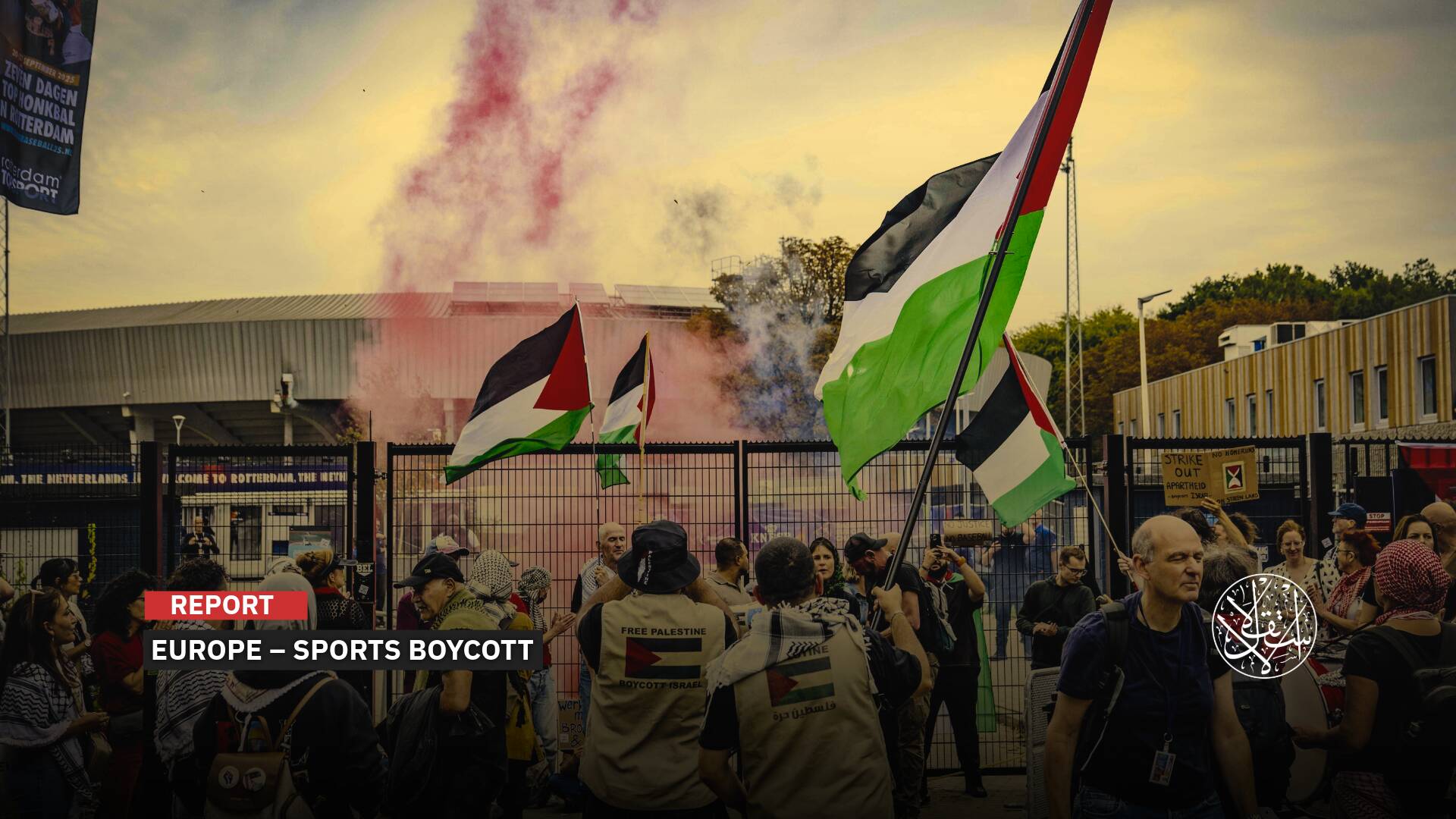'Forward Observations Group': America’s New Mercenaries Fighting Across the Arab World from Gaza to Sudan
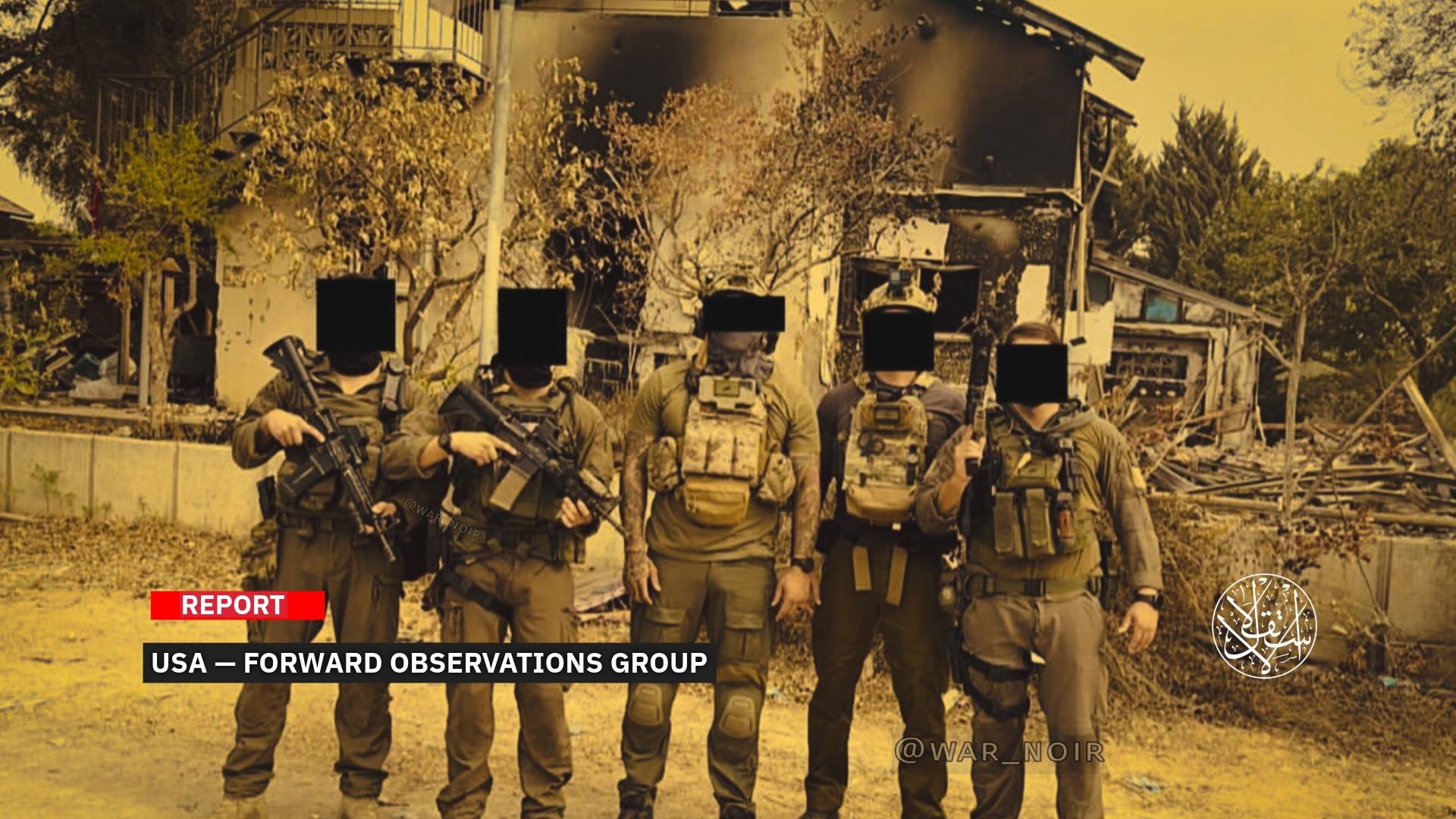
The presence of American mercenaries in Gaza is not just media speculation but a confirmed reality on the ground.
In a world where wars are managed from behind the scenes and battles are often settled before a single shot is fired, covert military groups have emerged, operating outside the boundaries of law and diplomacy while advancing intricate agendas where geopolitical interests intertwine with intelligence operations.
At the center of this shadowy landscape is Forward Observations Group (FOG), an American entity that has become one of the most secretive and controversial networks to rise to prominence in the past decade.
Although it initially emerged in public as a U.S. company selling military and tactical equipment, intelligence reports and international investigative journalism soon revealed its true nature.
Forward Observations Group is a paramilitary entity active on the frontlines of some of the world’s most dangerous wars, from Ukraine to Gaza and Sudan.
It is not a traditional private security firm, nor is it an official extension of any government body.
Instead, it functions as an unofficial arm for the murky and unacknowledged operations that define fifth-generation warfare.
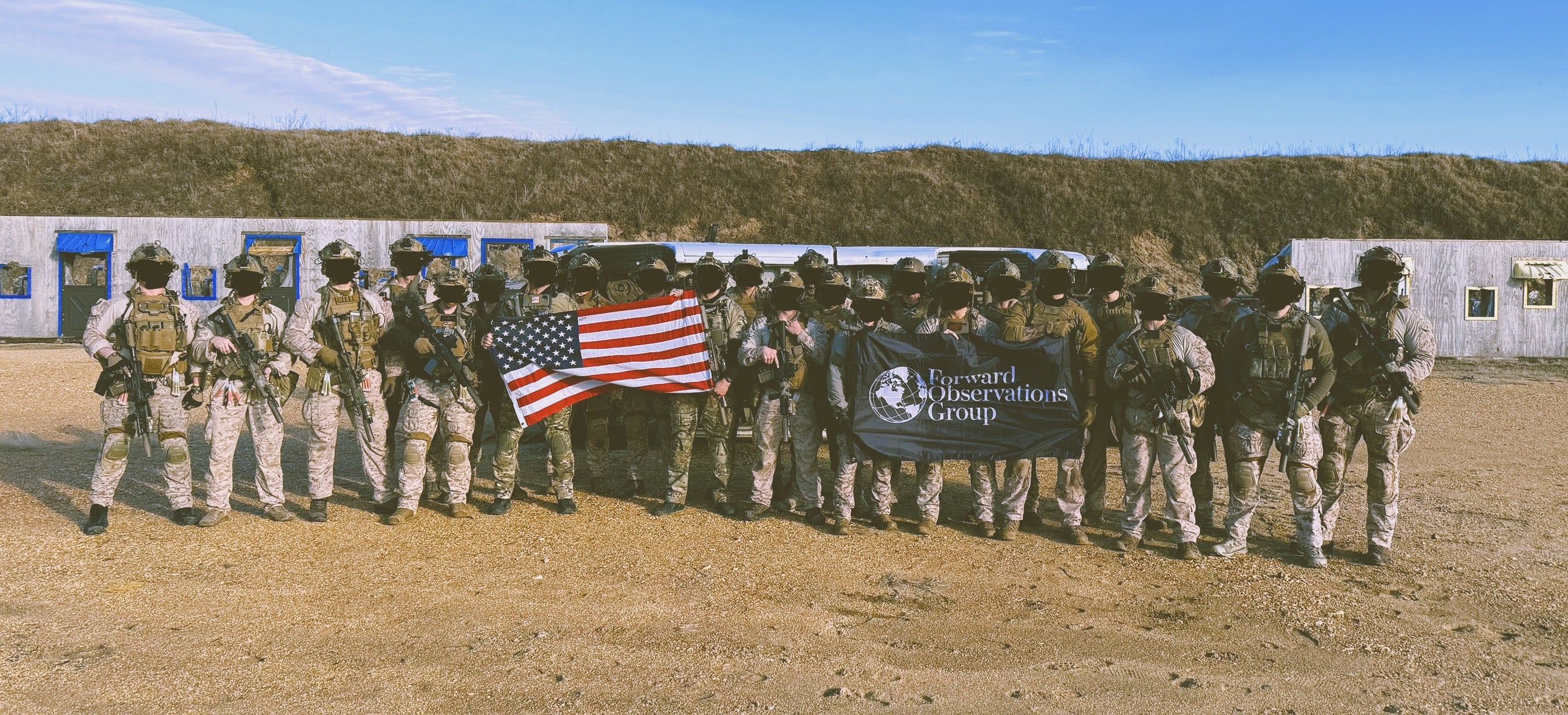
A Defining Mark
FOG has become a central player in the proxy warfare strategies used by major powers to avoid direct involvement.
The group is reportedly engaged in training elite units, carrying out reconnaissance missions in active conflict zones, and facilitating the transfer of combat technology and expertise across borders and battlefronts, all outside the reach of legal and international oversight.
In recent years, this role has begun to take shape in regions far from the spotlight of global media.
One of the clearest examples is Sudan, where intelligence and security reports accuse the group of playing a significant role in supporting the Rapid Support Forces militia.
This support is believed to be provided either directly or through personnel who have been trained and deployed as part of a wider plan to reshape the balance of power in the Horn of Africa.
In Gaza, members of the group have been documented on the battlefield alongside Israeli Special Occupation Forces, a presence that highlights the entangled nature of U.S. military interests in the war against Palestinian resistance.
In Ukraine, FOG has been active since the early days of the conflict, working closely with the Ukrainian security services and the Azov Brigade.
The group has been involved in training, operational support, and the transfer of fighters to other fronts such as Africa, often under the guise of humanitarian aid or joint training initiatives.
Taken together, these revelations are beginning to shed light on the covert operations of the group, and to map its shadowy role in shaping the contours of modern armed conflict.
Unofficial Arm
FOG first emerged as a niche brand selling military and tactical gear, run by former American soldiers and founded by ex-infantryman Derrick Bales.
Over time, however, its operations evolved into what increasingly resembles an unofficial extension of the CIA.
According to an investigation published by the French magazine Intelligence Online on July 22, 2025, the group operates outside formal legal frameworks.
Despite this, the report notes that FOG continues to conduct regular training exercises at official U.S. military bases, including Fort Bragg and Camp Lejeune in North Carolina.
Units from the U.S. Special Forces have reportedly received advanced combat training from FOG operatives, drawing on the group’s extensive battlefield experience, particularly in Ukraine and the Middle East.
Since 2014, FOG has played a central role in Ukraine’s military landscape, training elite forces in Kyiv, including the Azov Brigade and intelligence units linked to the Security Service of Ukraine (SBU).
According to a report published by Vice magazine on May 14, 2021, FOG founder and former U.S. infantryman Derek Bales faced sharp criticism on Instagram after sharing content documenting his visit to Ukraine, where he appeared alongside figures associated with neo-Nazi groups, including a fighter from the far-right Azov Battalion.
Derek Bales, a former member of the U.S. 173rd Airborne Infantry Brigade who served in Afghanistan, posted a series of photos and videos from Ukraine in which he appeared dressed in combat gear alongside soldiers, seemingly in the Donbas region, a flashpoint of armed conflict since 2014.
One image showed him holding an assault rifle near a building covered in graffiti, while another captured him inside a vehicle approaching Donetsk airport, one of the fiercest battlegrounds in the war.
The footage was tagged with the name Vadim Lapaev, known as “Balak,” a figure classified by the investigative site Bellingcat in 2018 as a neo-Nazi who served with the Azov Battalion.
This association sparked widespread controversy among Bales’s followers.
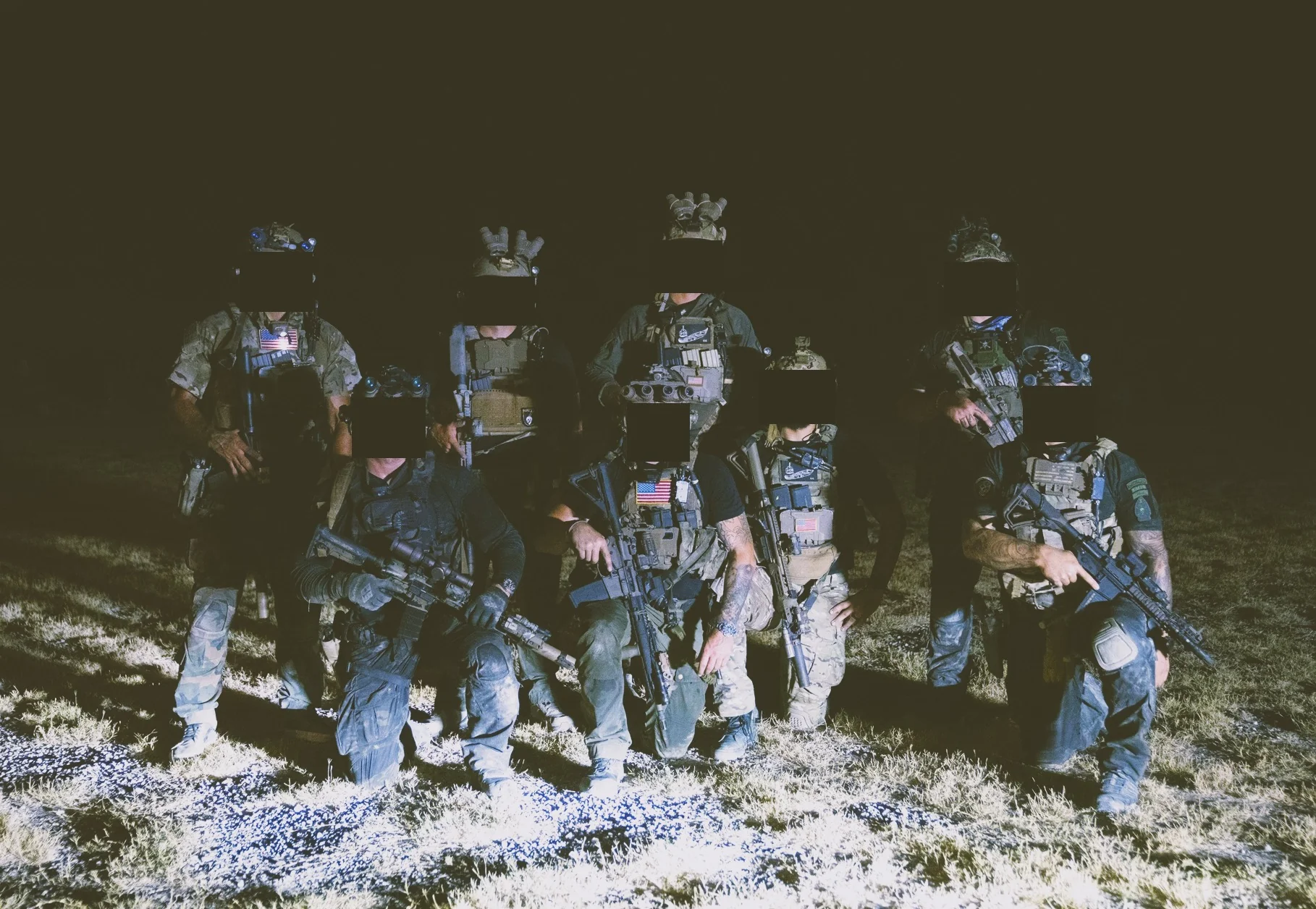
Chemical Attack
On March 11, 2022, the Russian foreign ministry issued a statement directly accusing both U.S. intelligence agencies and Ukrainian extremist groups of planning a chemical weapons attack on Ukrainian soil, allegedly to fabricate a pretext for blaming Russia.
The statement claimed the incident dated back to December 2021, when “Ukrainian extremists” reportedly transported 200-liter metal barrels bearing foreign markings to the Donetsk region.
Upon unloading, the barrels supposedly caused severe chemical burns and poisoning to four Ukrainian soldiers.
In a notable development, the statement identified Forward Observations Group (FOG), described as a U.S. private military company based in Nevada, as overseeing the delivery and storage of these hazardous shipments.
Despite the seriousness of the accusations, the Russian statement offered no tangible evidence to support its claims.
Both the U.S. State Department and FOG’s founder, Derek Bales, swiftly and categorically denied the allegations.
Washington dismissed them as “absurd claims” and a “blatant attempt to manufacture a false pretext,” framing the accusations as part of a repeated Russian effort to justify its military actions and mislead the international community.
In an email correspondence with Vice, Bales stated that he had not participated in combat operations in Ukraine and that his visit was purely journalistic, undertaken to research a book on the war in Donbas.
He insisted that he was not fully aware of the backgrounds of the individuals accompanying him, noting that Vadim Balak was “merely a guide to the frontlines” and that he had “possibly” served with the Azov Battalion in the past.
Bales, an African American, denied any racist intent behind his actions, pointing out that his team openly included a Jewish member, an assertion that contradicts claims of neo-Nazi affiliations.
He also expressed regret for any unintended offense caused to his followers, writing on Instagram, “The game these men play comes at a cost, and whatever that cost may be, I alone am responsible for the consequences of my actions.”
Notably, Bales stated that he spent “only three hours” on the frontlines, inside a field base belonging to the Right Sector, an extremist nationalist militia fighting alongside Ukrainian forces known for its far-right ideology.
While he insisted he was unaware of the group’s background prior to his arrival, his presence among such circles, his documentation of some of its members, and images showing him alongside fighters displaying modern Nazi symbols have made his trip a focal point for controversy, particularly among those monitoring the involvement of American foreign fighters and their ties to far-right groups in Ukraine.
Particularly concerning, according to the American magazine, was the appearance in the published images of symbols and insignia linked to neo-Nazi groups such as the "Einsatzgruppen" and the "Human Hate Division."
These emblems have spread across international far-right networks and enjoy popularity among U.S.-based groups classified as terrorist organizations, including Atomwaffen.
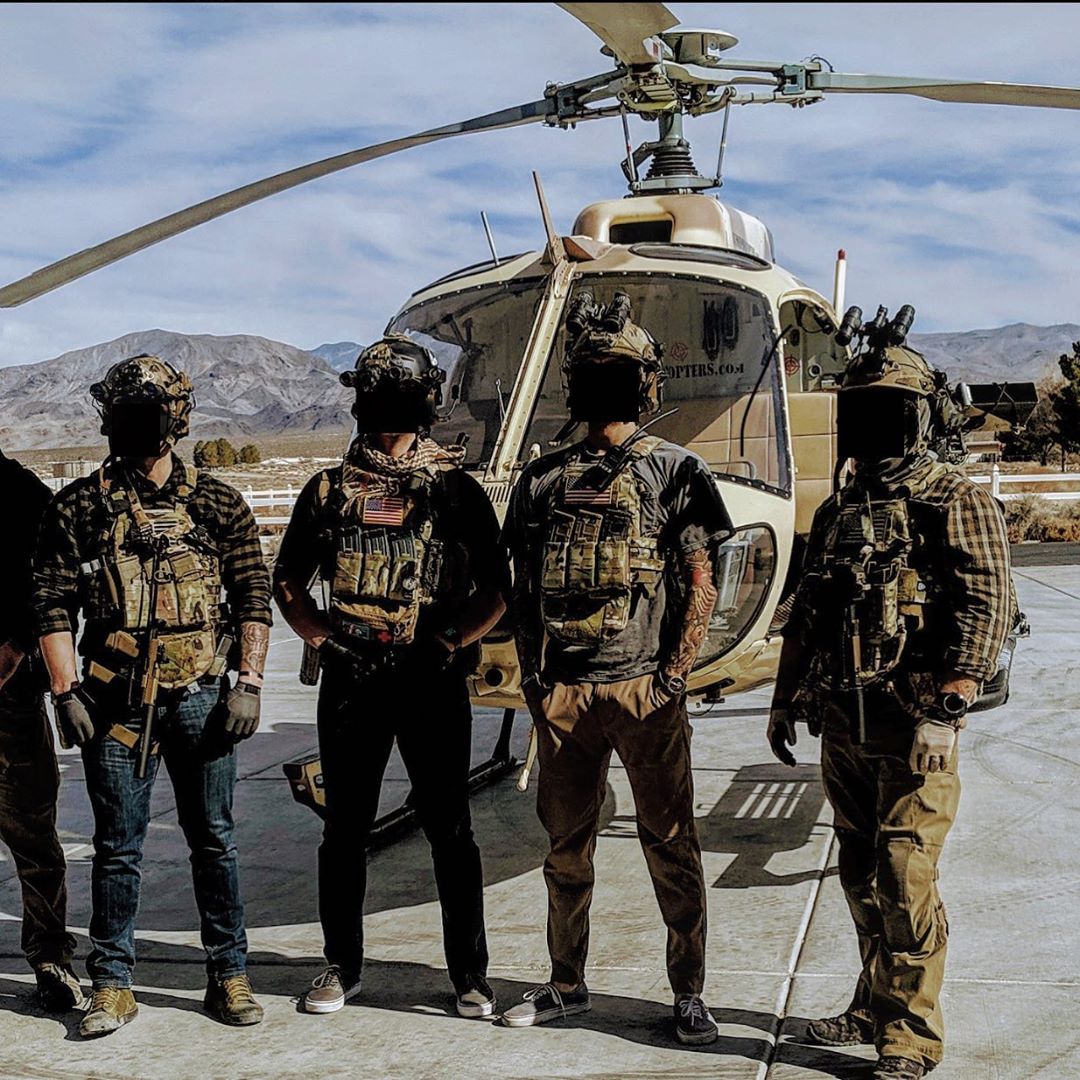
From the Carpathians to Khartoum
Documents obtained by Intelligence Online reveal that some of the fighters who received advanced training in the Carpathian Mountains were later deployed to African countries, including Sudan, under the guise of “humanitarian cooperation” as part of undisclosed field support operations for local forces.
At the height of Sudan’s civil war, FOG’s name emerged in intelligence reports as an unacknowledged partner in training the Rapid Support Forces led by Mohamed Hamdan Dagalo, known as Hemedti.
According to the Intelligence Online report, some of the experts trained by the group in Ukraine went on to participate in field operations within Sudan, in areas marked by intense clashes between the RSF militia and the Sudanese Armed Forces.
Despite attempts to deny any ties between the group and the United States, intelligence assessments suggest that FOG operates as a field arm of Ukrainian intelligence, with indirect coordination involving French actors.
Observers argue this helps explain efforts by parts of the French media to place responsibility on an American company, thereby absolving Kyiv of direct involvement in the Sudanese conflict.
Meanwhile, amid mounting accusations of using foreign forces in the Israeli assault on Gaza, multiple videos and images released by international media have revealed the presence of armed American operatives believed to be affiliated with Forward Observations Group (FOG).
The group has effectively evolved into a paramilitary network active in conflict zones under the guise of training and on-the-ground support.
The footage shows armed individuals wearing American military uniforms, carrying U.S. flags, and positioning themselves along the edges of Gaza’s borders.
Images shared on the group’s social media accounts appear to support these claims, depicting operatives in full combat gear stationed in locations such as Be’eri and other border areas within the occupied Palestinian territories.
The backgrounds of the images and the weapons visible suggest they were taken inside Palestinian territory, specifically at military sites used by the Israeli Occupation Forces.
According to an investigation by the American magazine Foreign Policy published on November 22, 2023, the presence of these American mercenaries in Gaza is not mere propaganda but a documented on-the-ground reality.
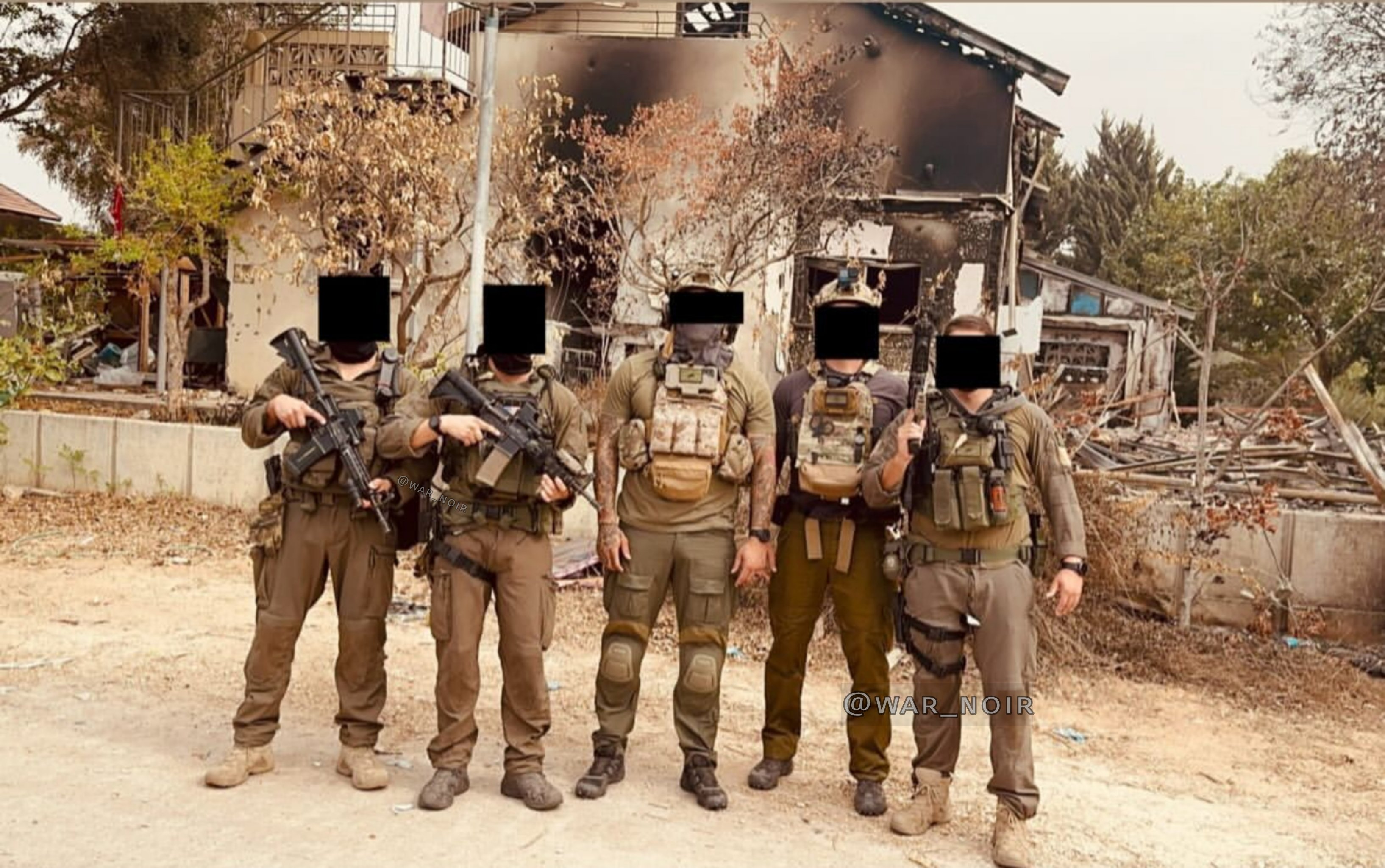
Nature of the Activity
The investigation uncovered photos and videos posted by FOG itself showing its members moving through combat zones, heavily armed and wearing Israeli-made tactical gear.
A reputable account known as “War Noir”, a researcher specializing in weapons tracking and conflict zones, also shared images of an advanced operational base in Gaza, featuring M4 Commando rifles and Israeli M26A2 hand grenades.
These were identified as part of the equipment used by FOG mercenaries embedded alongside Israeli Occupation Forces.
Although the group presents itself publicly as a “military lifestyle brand,” its activities on the ground in Gaza paint a different picture, one of irregular warfare supported by both propaganda and field tactics, serving covert military objectives.
To date, the full extent of FOG’s involvement in operations within Gaza remains unclear.
However, the mounting evidence, visual documentation, and the group’s past activities in similar conflict zones suggest that its presence in Gaza was far more than mere “documentation.”
Instead, it appears to be part of an operational and training support system for Israeli Occupation Forces engaged in one of the most brutal and deadly conflicts in the region’s recent history.
Sources
- Russia complains to head of US embassy about "American PMC" in Russia's Kursk Oblast
- Moscow Turns U.S. Volunteers Into New Bogeyman in Ukraine
- GLOBETROTTING FOR GENOCIDE: FOREIGN FIGHTERS FROM US, FRANCE AND INDIA ARE FIGHTING ISRAEL’S WAR IN GAZA
- Ex-US Soldier Turned Influencer Criticized for Ukraine War Trip With Neo-Nazi
- From the Donbas to Sudan, the secret war of the mysterious Forward Observations Group
- International Interventions in the Sudanese War: A Report Revealing France’s Support for the Rapid Support Forces Militia [Arabic]


